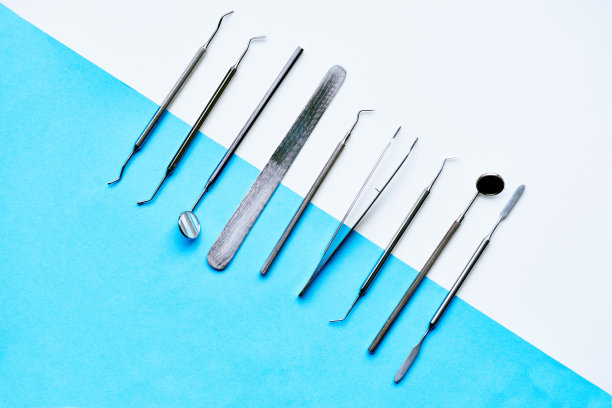Essential Guidelines and Precautions to Take Before Undergoing Dental Filling Procedures for Optimal Results
Summary: Dental filling procedures are essential for restoring damaged teeth, ensuring optimal oral health. It is crucial to approach these procedures armed with the right guidelines and precautions to guarantee the best outcomes. This article outlines essential steps, including understanding the types of fillings available, consulting with your dentist, preparing adequately for the procedure, and knowing post-procedure care. Following these guidelines will not only minimize discomfort but also enhance the longevity and effectiveness of your dental fillings. By taking these precautions, patients can look forward to a smoother dental experience and better oral health overall.
1. Understanding Different Types of Dental Fillings

Dental fillings come in various materials, including amalgam, composite, porcelain, and glass ionomer. Each type has its advantages and disadvantages, making it vital for patients to understand their options. For instance, amalgam fillings are durable and ideal for posterior teeth due to their strength, but they may not be aesthetically pleasing. On the other hand, composite fillings match the natural color of teeth, making them a popular choice for visible areas.
Selecting the right material can have long-term effects on the strength and appearance of your fillings. Patients should consider factors like the size and location of the cavity as well as personal preferences regarding aesthetics and budget. Engaging in discussions with your dentist about which filling type best suits your needs can significantly impact your satisfaction with the procedure.
In addition, understanding potential allergic reactions to specific materials is crucial for certain patients. Discussing any dental material sensitivities with your dentist beforehand ensures a safer experience and reduces the likelihood of complications during the filling process.
2. Importance of Consulting with Your Dentist
Before undergoing dental filling procedures, having a thorough consultation with your dentist is essential. This allows for a detailed examination of the affected tooth and helps in determining the extent of the damage. A professional evaluation can illuminate any underlying issues that may not be immediately visible, such as decay that extends beneath the surface.
The consultation is also the perfect time for patients to express any concerns or anxieties regarding the procedure. Dentists can offer tailored advice and reassurance, which is particularly important for patients who may feel anxious about dental treatments. They can also discuss pain management options available during the procedure, ensuring comfort throughout.
Moreover, collaborating with your dentist can ensure that any pre-existing conditions, like gum disease or allergies, are addressed to avoid complications during the filling process. This proactive approach leads to a more effective treatment plan that caters specifically to individual needs.
3. Preparing Yourself for the Procedure
Preparation before dental filling procedures is key to ensuring a successful outcome. Patients should maintain proper oral hygiene leading up to the appointment, as this can help minimize the risk of infection after the procedure. This includes brushing and flossing thoroughly to remove any food particles or plaque buildup.
Additionally, it is advisable for patients to inform their dentist of any medications they are currently taking. Some medications might affect the healing process or interact with anesthesia. Providing a complete list of medications ensures that your dentist can take appropriate measures for your safety.
Patients should also consider arranging for transportation after the appointment, especially if sedation will be used. While many filling procedures may not require sedation, knowing what to expect can alleviate any stress. Having someone accompany you can also provide additional support in case you experience post-procedure discomfort.
4. Following Post-Procedure Care Instructions
Post-procedure care is crucial for the longevity of dental fillings. Patients should follow their dentists instructions diligently, which may include avoiding hard or chewy foods for a specified period. Such precautions help the filling set correctly and reduce the risk of damaging the filling.
Monitoring for any unusual symptoms following the procedure is also important. Common issues, such as lingering sensitivity or discomfort, can occur but should resolve over time. If sensitivity worsens or other complications arise, contacting your dentist promptly is essential for addressing potential problems.
Regular dental check-ups after the filling procedure can help ensure the health and longevity of your fillings. During these follow-ups, your dentist can assess the condition of the filling and perform any necessary maintenance, ensuring that your dental health continues to thrive.
Summary: Taking the time to understand different types of dental fillings, consult with your dentist, prepare adequately for the procedure, and follow post-procedure care guidelines can make a significant difference in the outcome of your dental treatment. These actions lead to a smoother experience, reduced discomfort, and enhanced longevity of your fillings, ultimately contributing to better oral health.
This article is compiled by Vickong Dental and the content is for reference only


